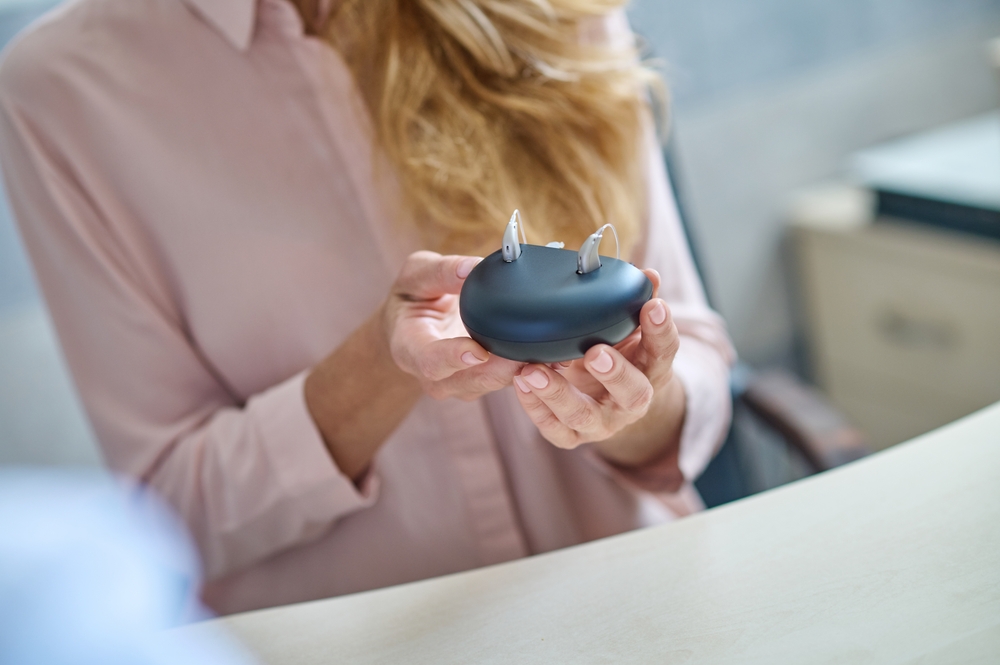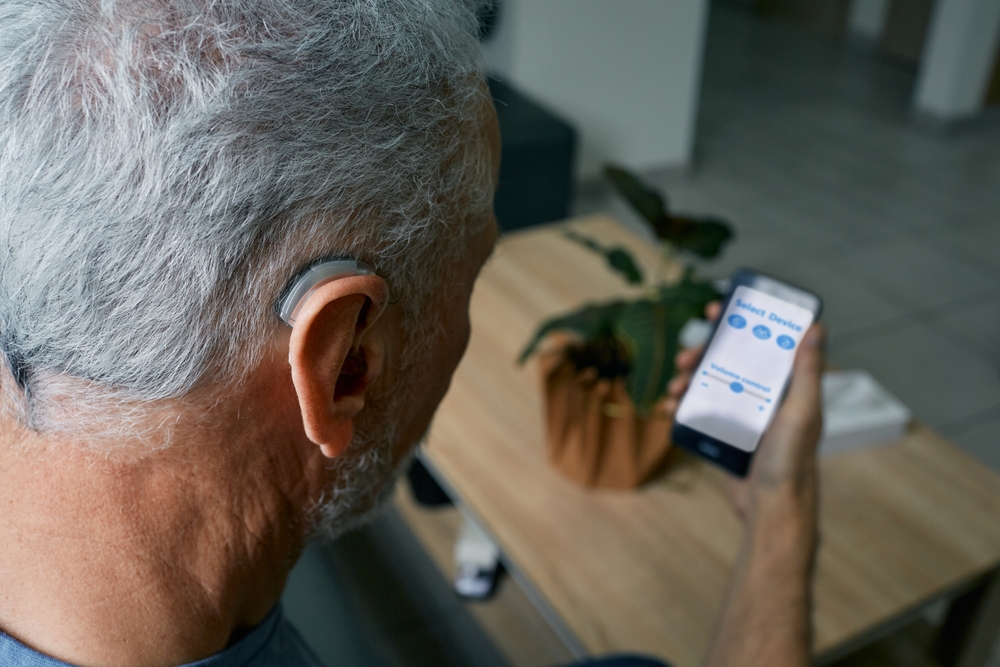You changed the batteries, yet your hearing aids still sound distant, muffled, and just a little off. You’ve been trying to troubleshoot the issue on your own with a Google search, and the most probable problem seems to be a low battery. You know your batteries are fine, but here you are, struggling to hear your loved ones and effectively communicate with those around you.
Earwax and hearing aids
Your hearing aids live in your ear. Even with the over-the-ear models, there’s at least contact with your ear canal. Other models are designed to be placed inside the ear canal for optimal performance.
Regardless of where they are placed, hearing aids encounter an ever-present neighbor: earwax.
How does earwax affect hearing aids?
In general, earwax does a lot of great things for the health of your ears—from keeping the ear from becoming too dry and absorbing dead skin cells and debris to preventing bacteria and other infectious organisms from reaching the inner ear.
Unfortunately, earwax and hearing aids don’t always mesh well, as the moisture in earwax can interfere with the standard operation of hearing aids. Fortunately, this isn’t exactly a surprise to hearing aid manufacturers.
Today’s modern hearing aids have safeguards, known as wax guards, designed to keep earwax from interfering with the normal function of your devices. And those wax guards may be what’s causing the “weak” sound.
Signs wax guard is affecting hearing aid sound quality
A wax guard is a small technological component integrated into your hearing aid, designed to allow sound to pass through while preventing the intrusion of wax. Wax guards are crucial to ensure the continued proper functioning of your hearing aid.
There are some instances where the wax guard itself could cause some problems.
- It’s been too long since the wax guard has been cleaned: Regular maintenance should include cleaning the wax guard approximately once a month. Similar to any filter, the wax guard can eventually get clogged with the very substance it is meant to filter out. Periodically, you must clean the guard; otherwise, accumulated wax may obstruct sound waves, affecting your hearing.
- It’s been too long since the wax guard has been replaced: Like any other filter, the wax guard will reach a point where cleaning alone is insufficient. Once cleaning loses its effectiveness, it becomes necessary to replace the wax guard. A specialized toolkit is available to facilitate this process.
- You’ve replaced your wax guard with an incompatible model: Hearing aid manufacturers often have unique wax guard designs. Using the wrong model for your specific hearing aid can compromise its functionality, leading to a weakened sound output.
- Your hearing aid shell is dirty: When changing the earwax guard, ensure that the hearing aid shell is thoroughly cleaned. If the device’s shell is contaminated with earwax, there is a risk that some of it may enter the device during guard replacement, potentially disrupting the functioning of your hearing aids.
- You need a professional clean and check: It is highly recommended to have your hearing aid professionally cleaned and checked at least once a year to ensure optimal performance. Regular hearing tests are also essential to monitor any changes in your hearing.
If you purchase a new hearing aid guard, it typically comes with instructions. Following these instructions diligently is recommended for proper maintenance.
After changing your hearing aid earwax guard
After replacing your earwax guard, you should experience improved clarity in the sounds produced by your hearing aids. Conversations will become more audible and easier to follow, providing significant relief if you’ve been dealing with frustration despite having a fully charged hearing aid.
Similar to any sophisticated device, hearing aids require regular maintenance. Therefore, keep in mind that if your hearing aid sounds weak despite having fully charged batteries, it could be an indication that it’s time to replace your earwax guard.
Find a hearing specialist near you for further assistance on your particular device.


